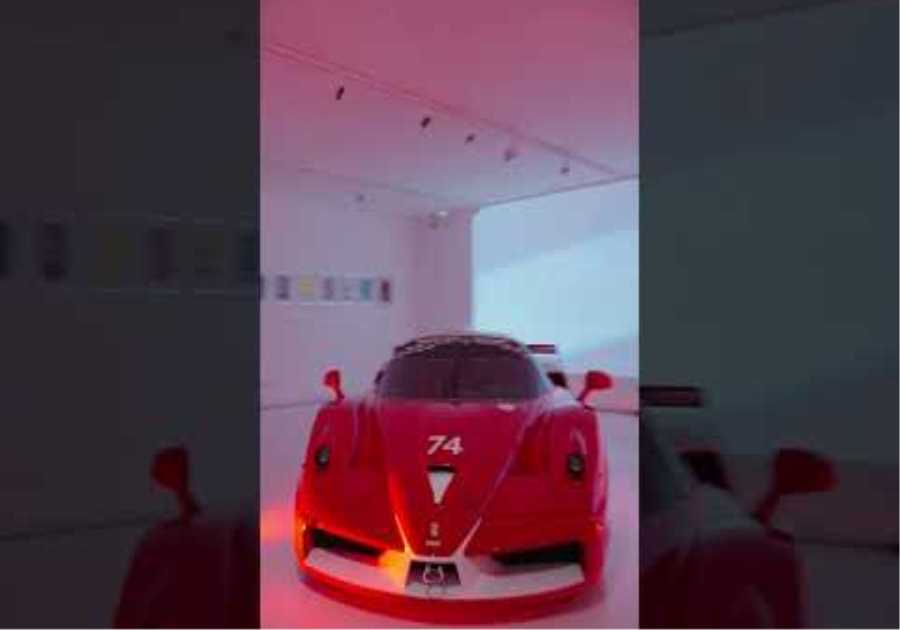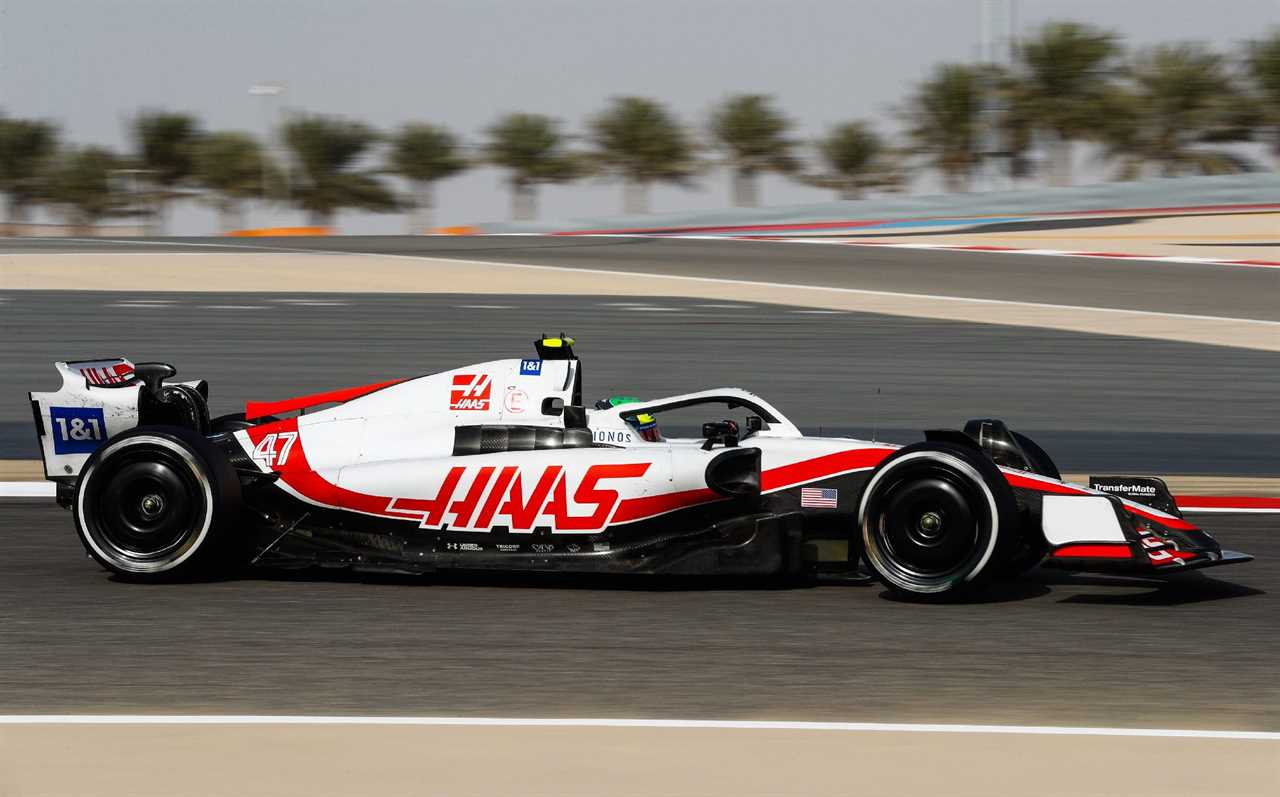
While Formula One fans are more interested in a driver’s ability to handle a race car around a circuit, those four-wheelers that allow drivers to display their prowess have dramatically evolved over the years. During the first Formula One World Championship season in the 1950s, F1 cars came with little or no weight-saving technology, resulting in a lot of crashes.
By the 1960s, aerodynamic improvements were making their way into F1 cars, but the initial wings are comical, to say the least. Fast-forward to the 1990s, when active suspension came to the fore and computers started playing more significant roles in F1 cars. Recent improvements saw the introduction of a Kinetic Energy Recovery System (KERS) to store energy from braking, which can be used as an additional power boost. Today, F1 cars are lighter, faster, and safer than ever. So, we look at those innovations that have come to shape F1 cars as we know them today.
10/10 Alfa Romeo 158 Alfetta – The First F1 Car

The Alfa Romeo 158, which is also called the Alfetta, was introduced in 1938 as a Grand Prix racing car for the Italian automaker. Participating in the newly established Formula One in 1947, the Alfetta’s 1.5-liter 8-cylinder engine was modified to produce 296 hp.

With the engineering brilliance put into the production of the Alfetta, it’s not surprising that it’s one of the most successful F1 cars ever. It won 47 Grand Prix events out of 54 entries. The Alfa Romeo 158 was driven by the legendary Juan Manuel Fangio, who won five World Drivers’ Championships.
9/10 Mercedes-Benz W 196
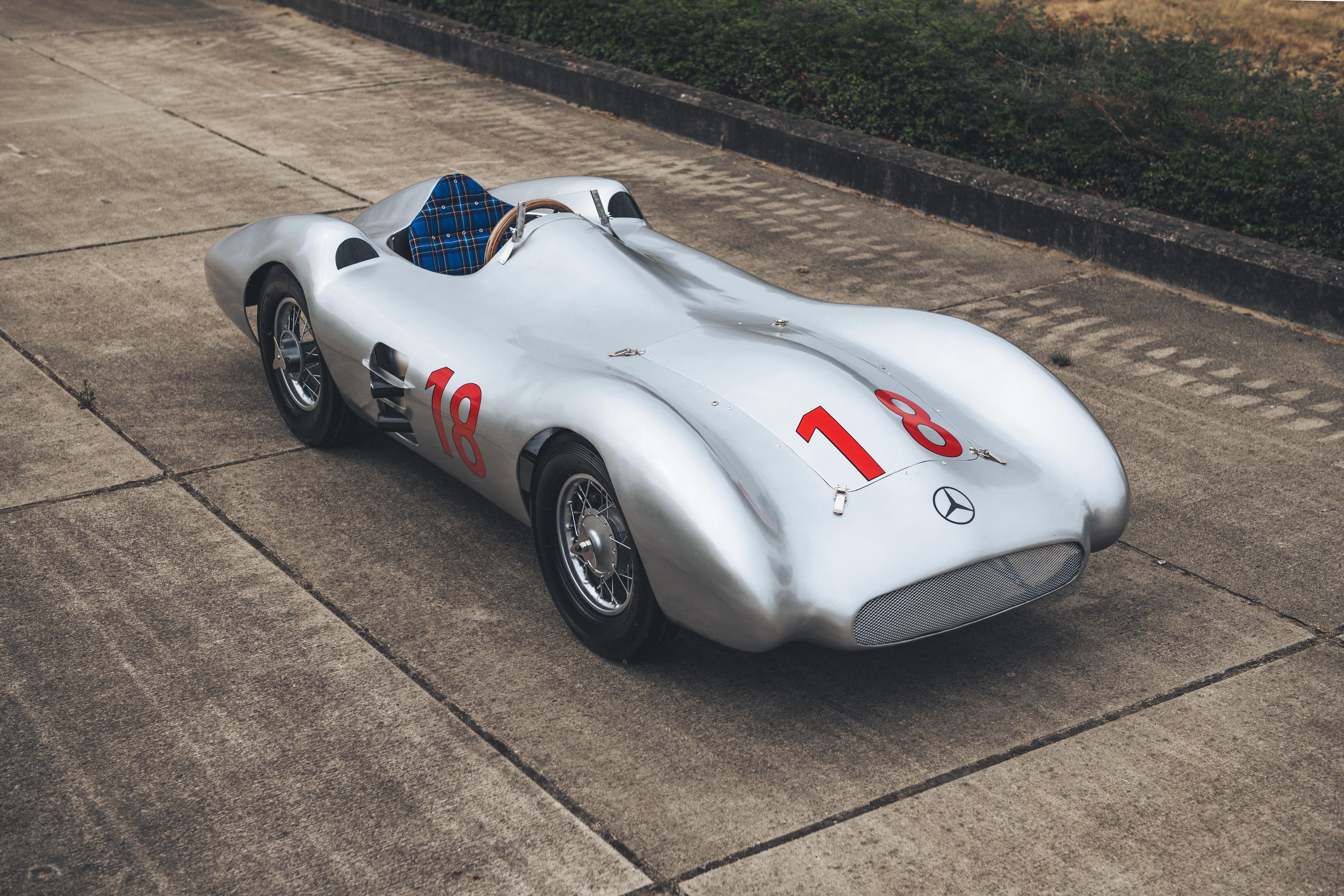
With a new 1954 Formula One regulation stipulating the use of up to a 2.5-liter naturally aspirated or 0.75-liter supercharged engine, the Mercedes-Benz was the first to adopt a 2.5-liter desmodromic valves straight-8 engine for the W 196. The engine delivers up to 253 hp.
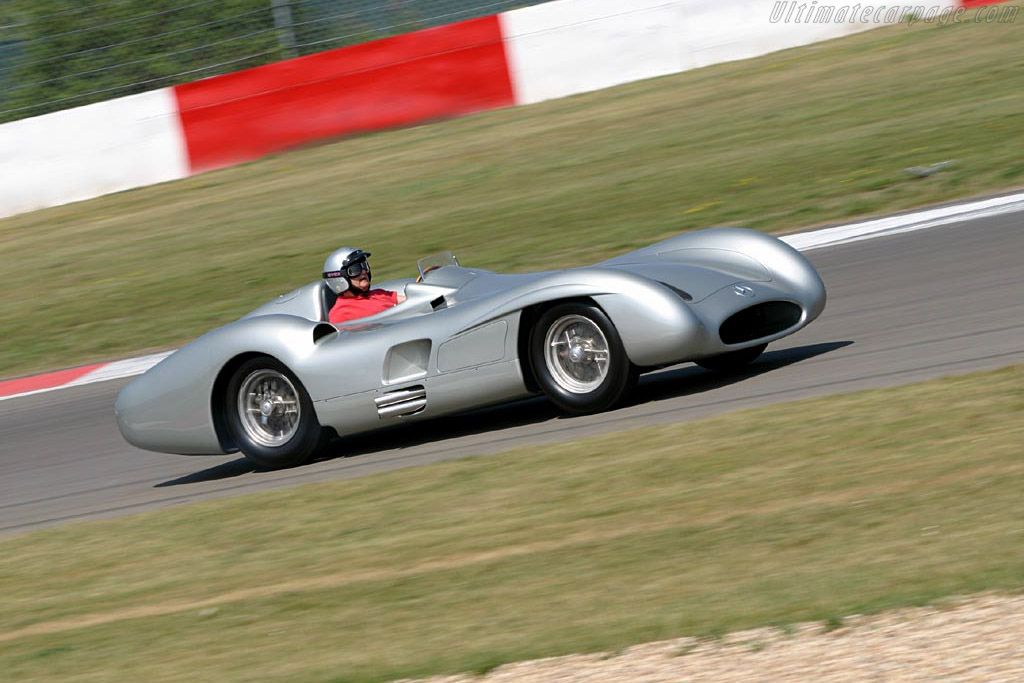
As the first F1 car to boast of such advanced fuel technology, the W 196 had a competitive advantage over other cars at the 1954 French Grand Prix. With prolific drivers like Stirling Moss and Juan Manuel Fangio behind the wheel of the Mercedes-Benz W 196, it won 9 out of 12 race competitions.
8/10 Lotus 25 – First F1 Car With A Monocoque Chassis
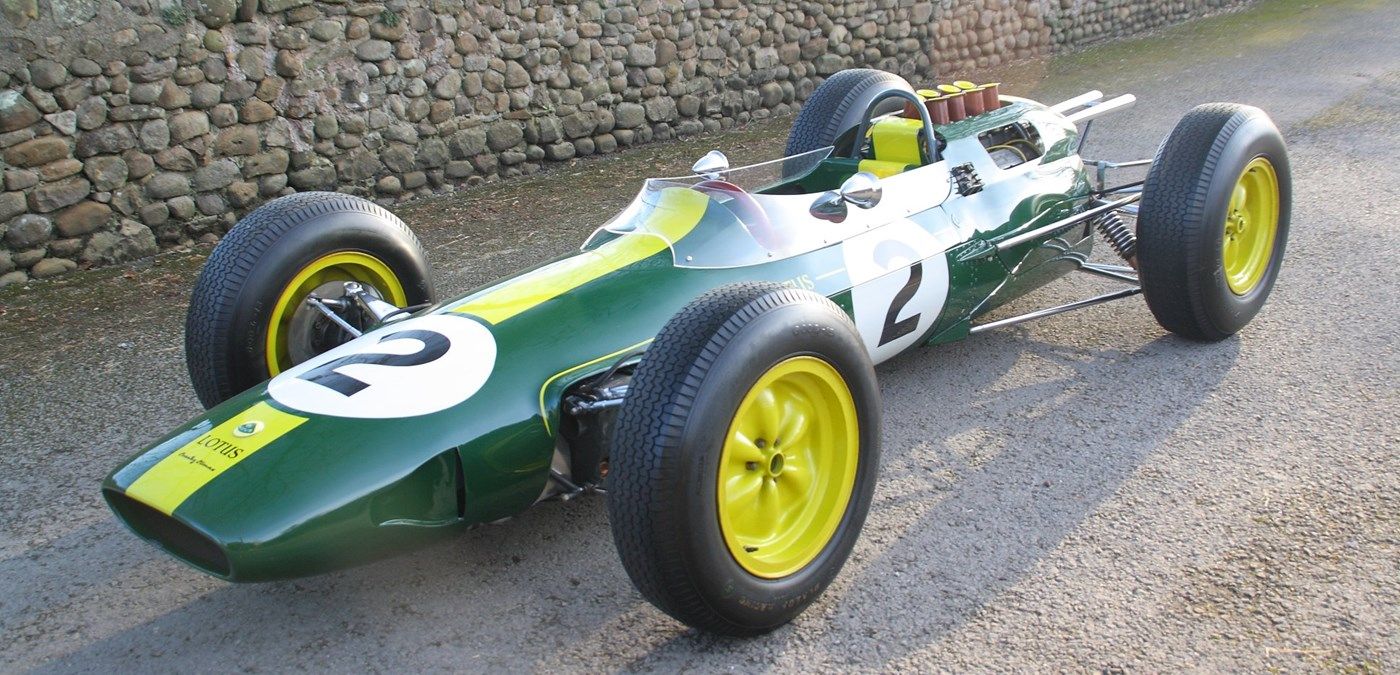
About 24 years after the launch of the first F1 car, a fully stressed monocoque chassis was used in an F1 car for the first time in the Lotus 25. Also, this Lotus race car is the first to Esso fuel in Formula One, offering better fuel economy, performance, and protection than what you get from unadditized fuel.
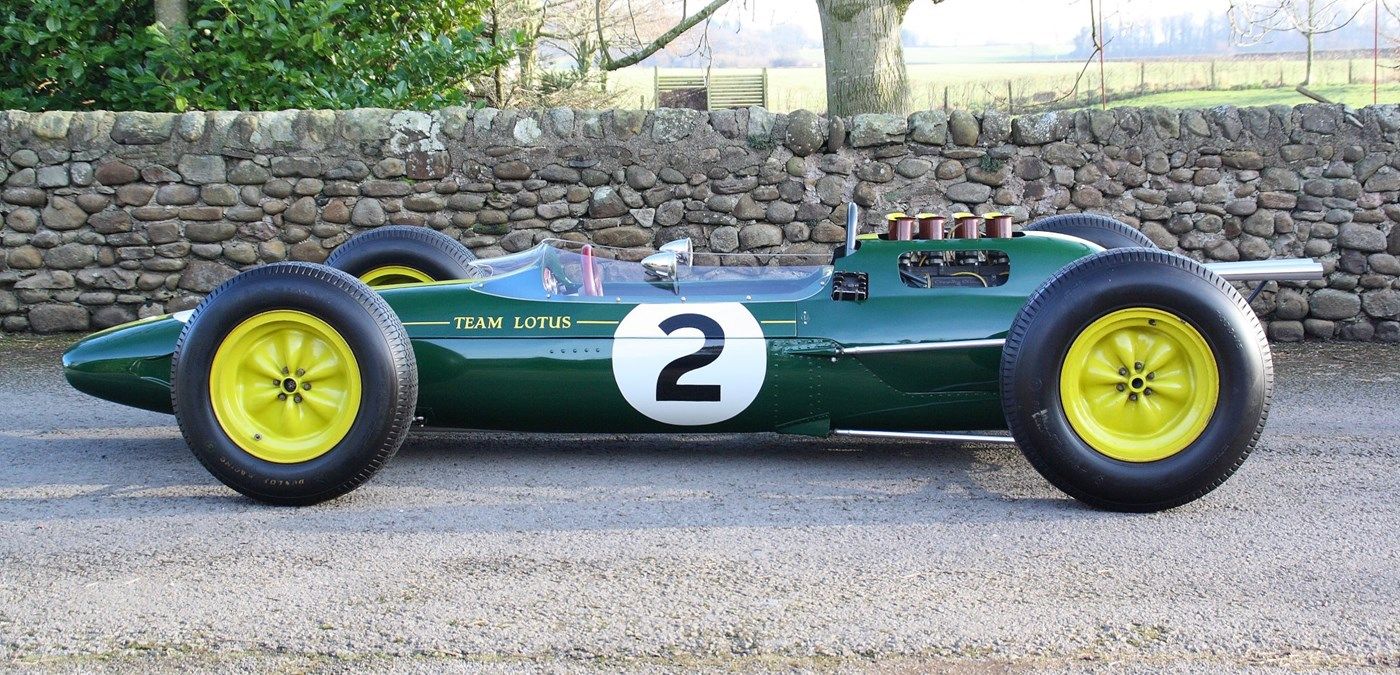
With the monocoque chassis, the Lotus 25 was more rigid, structurally stronger, and lighter than the regular F1 car during that era. The Lotus 25 got its energy from the Mk.II 1496cc – Mk.5 1499cc versions of the Coventry Climax FWMV V8 engine. Jim Clark won 14 World Championship Grand Prix races with the Lotus 25.
7/10 Lotus 72 – First F1 Car With Sidepods
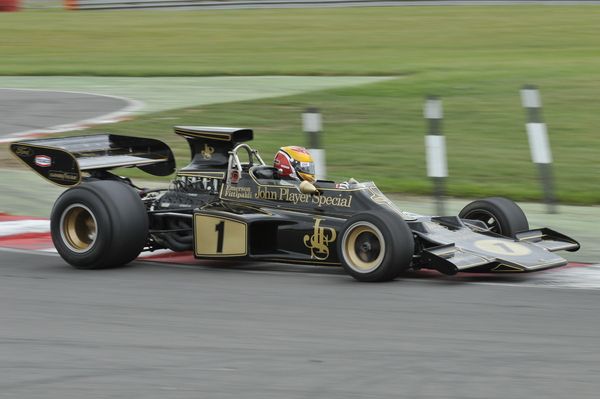
With the poor performance of the Lotus 49, Team Lotus needed a car that would propel them to numerous victories in the 1970s, and that led to the birth of the Lotus 72. For the first time in F1 history, a race car was equipped with side-mounted radiators in sidepods instead of the nose-mounted radiators that were commonplace in motorsports.
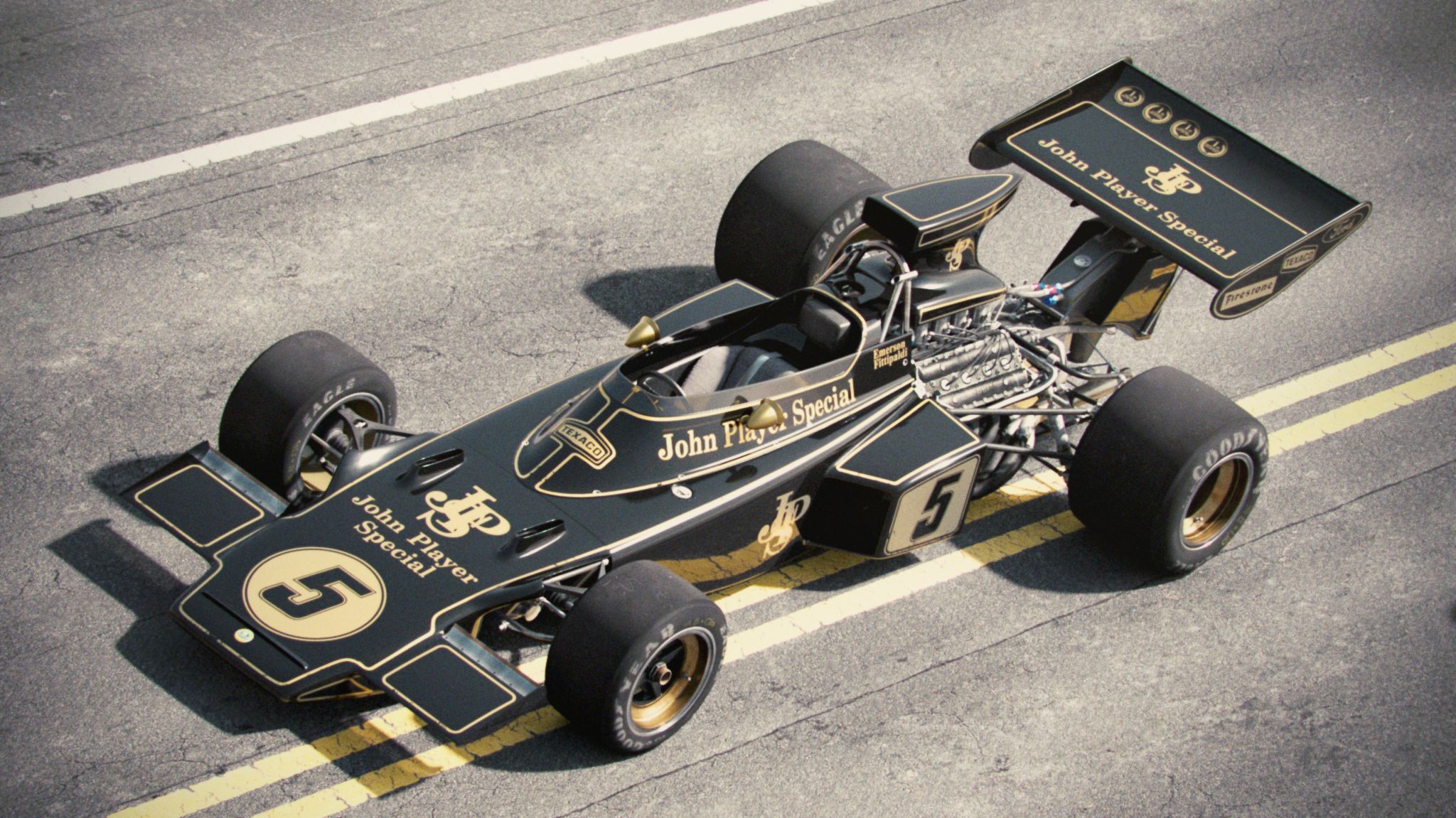
With the introduction of the side-mounted radiators in sidepods, inboard brakes, and other innovative features, the Lotus went on to claim 20 Grand Prix victories, three Constructors’ Championship titles, and two Drivers Championship titles.
6/10 Ferrari 312B2 – First F1 Car With Slick Tires
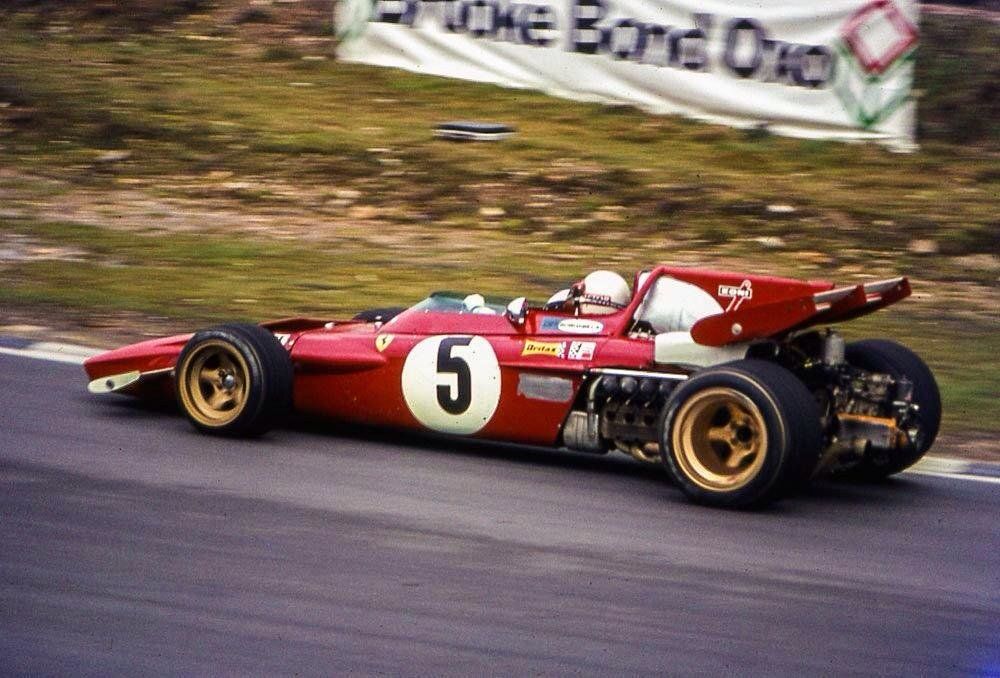
After the invention of sidepods, the next big thing to enter F1 cars was slick tires or racing slicks. They were first fitted on the Ferrari 312B2 for the 1971 Spanish Grand Prix. Powering the Ferrari 312B2 is a 2991 cc flat-12 engine mated to a 5-speed transmission to produce 470 hp.
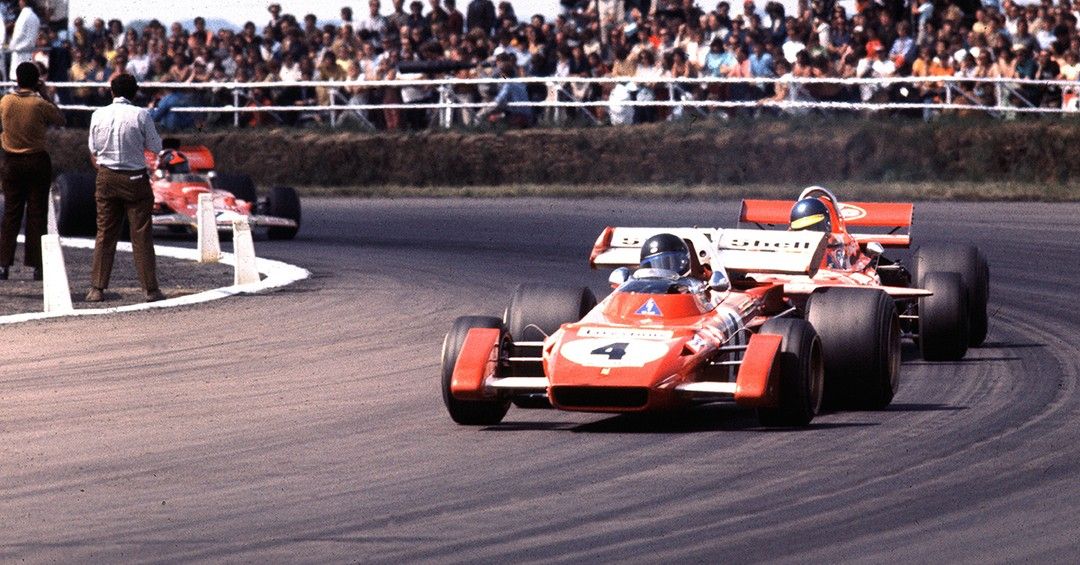
Slick tires were initially used in drag race cars before they found their way into F1 cars. With their smooth surfaces, these tires offer the best possible contact patch to the road. Slick tires were banned from the 1998 to 2008 seasons but were reintroduced in 2009.
5/10 Tyrrell P34 – F1’s First And Only Six-wheeler
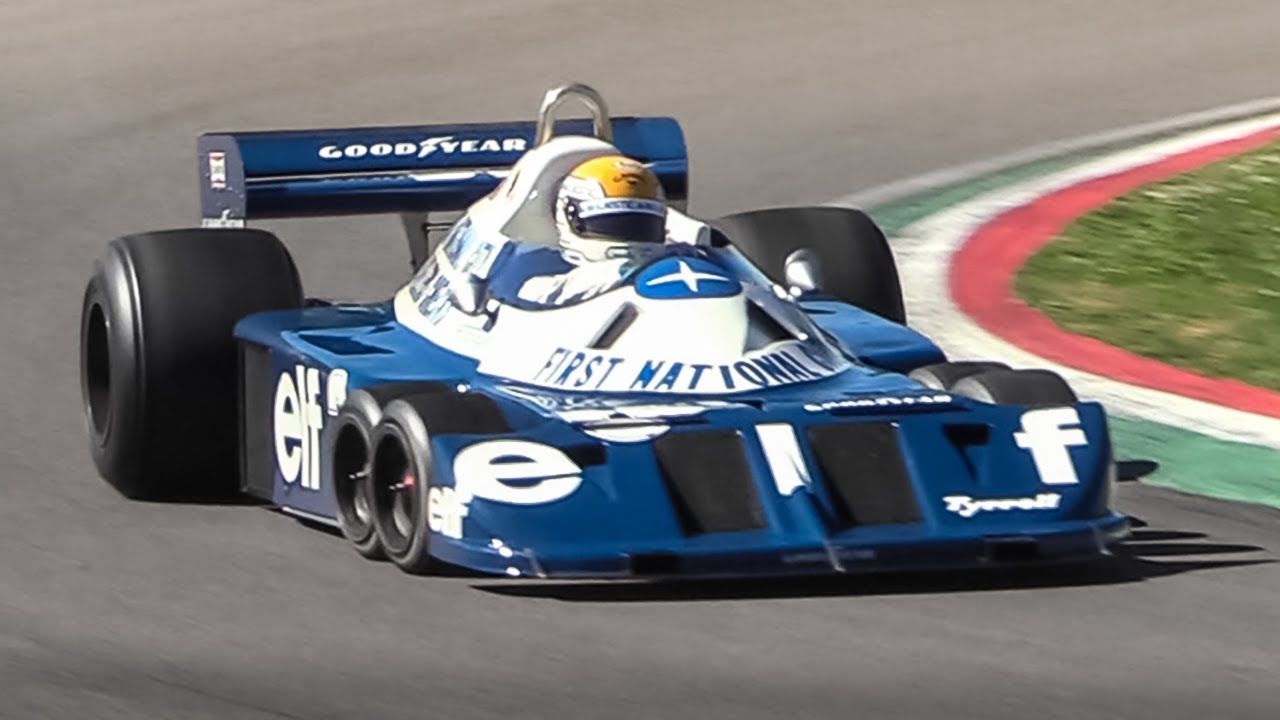
With the design kept a secret even from the drivers, the F1 paddock was stunned with the debut of the Tyrrell P34 at the 1976 Spanish Grand Prix. It was successful at the beginning, with a one-two finish at the Scandinavian Raceway in Anderstorp.
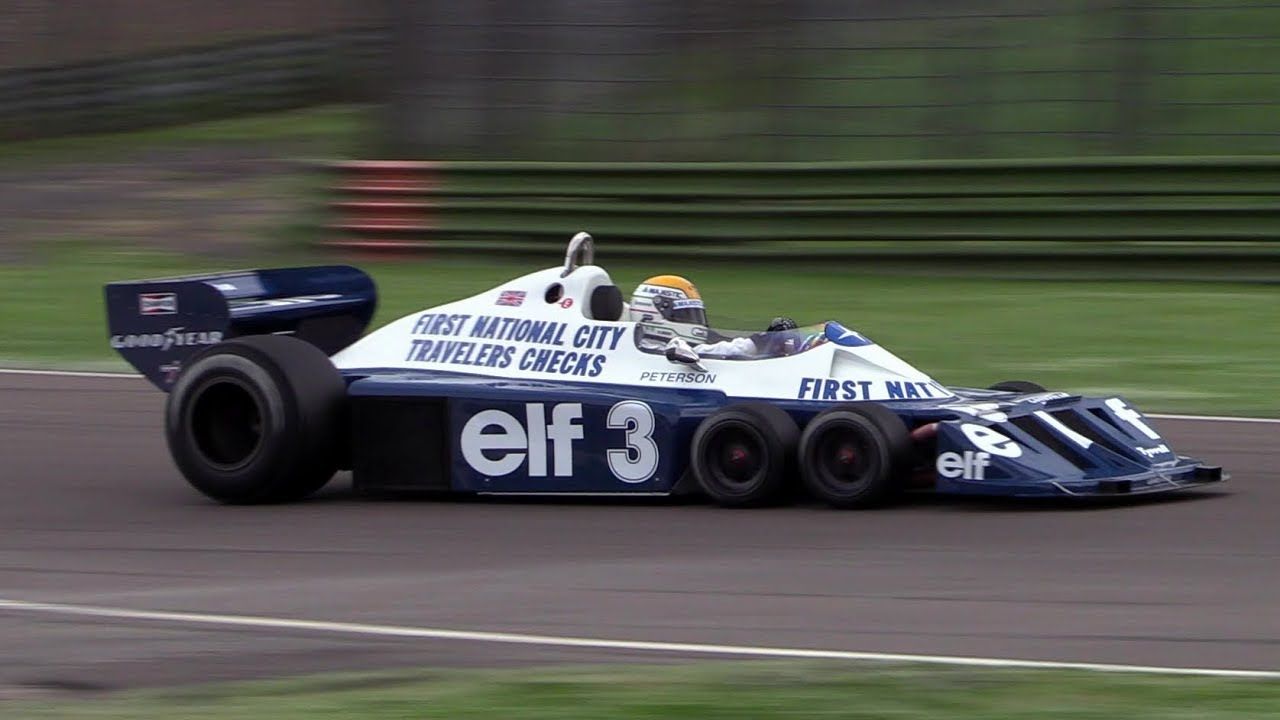
The unique F1 car is particularly good to drive through a straight lane and long corners. Racing engineering divisions like March Engineering, Scuderia Ferrari, and Williams constructed experimental six-wheeled F1 chassis, but they never entered any racing competition before the FIA banned any race car with more than four wheels in 1983.
4/10 Renault RS01 – The Birth Of Turbocharged Engine
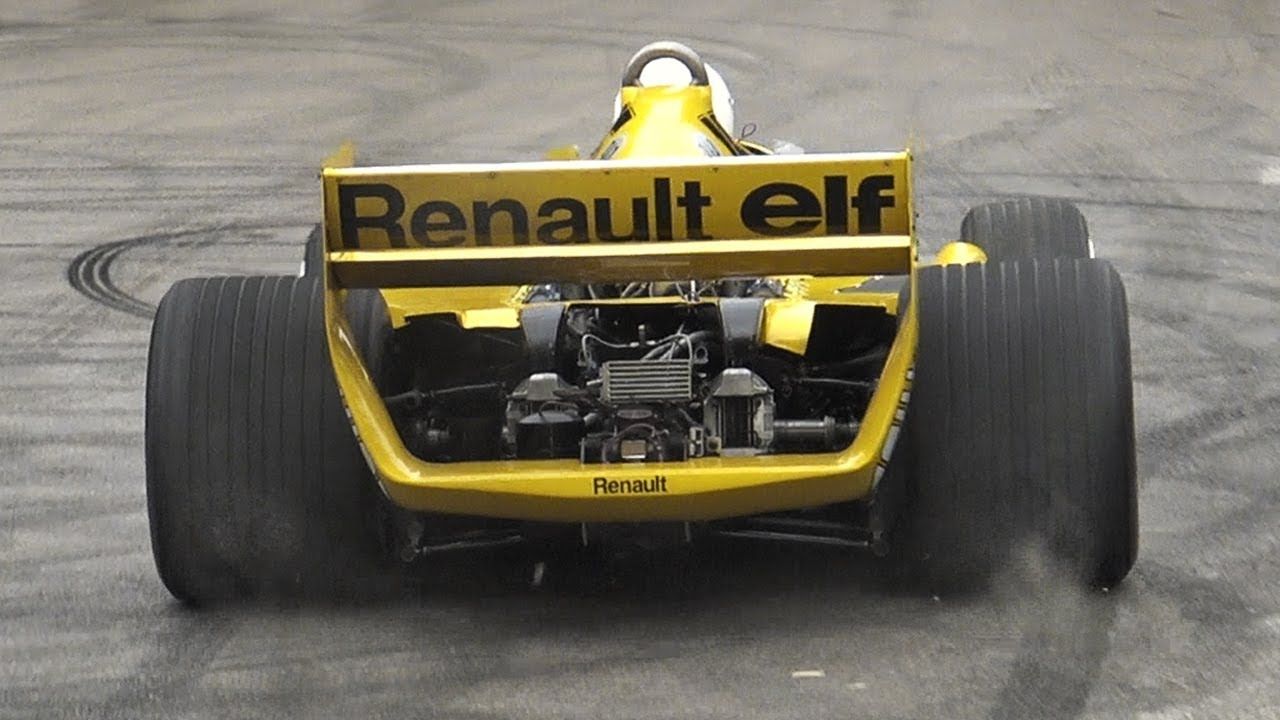
In 1977, Renault joined the likes of Ferrari, Lotus, and Alfa Romeo to pioneer features that would go on to shape the highest class of international racing as we know it. The RS01 is the first F1 car to use a turbocharged engine and Michelin radial tires.
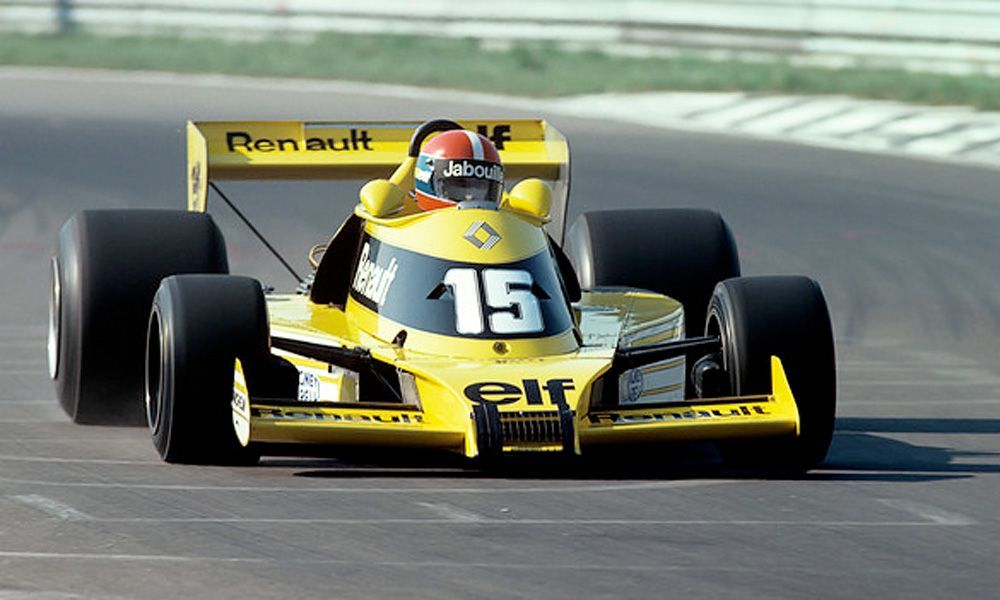
Powering the RS01 is a Renault-Gordini EF1 1,496 cc turbocharged V6 that propelled the team to score the first pole position at the South African Grand Prix at Kyalami in 1979. The French manufacturer would later inspire BMW, Honda, and Porsche to supply their turbocharged F1 engines.
3/10 Tyrrell 019 – First F1 Car With An Elevated Nose Cone
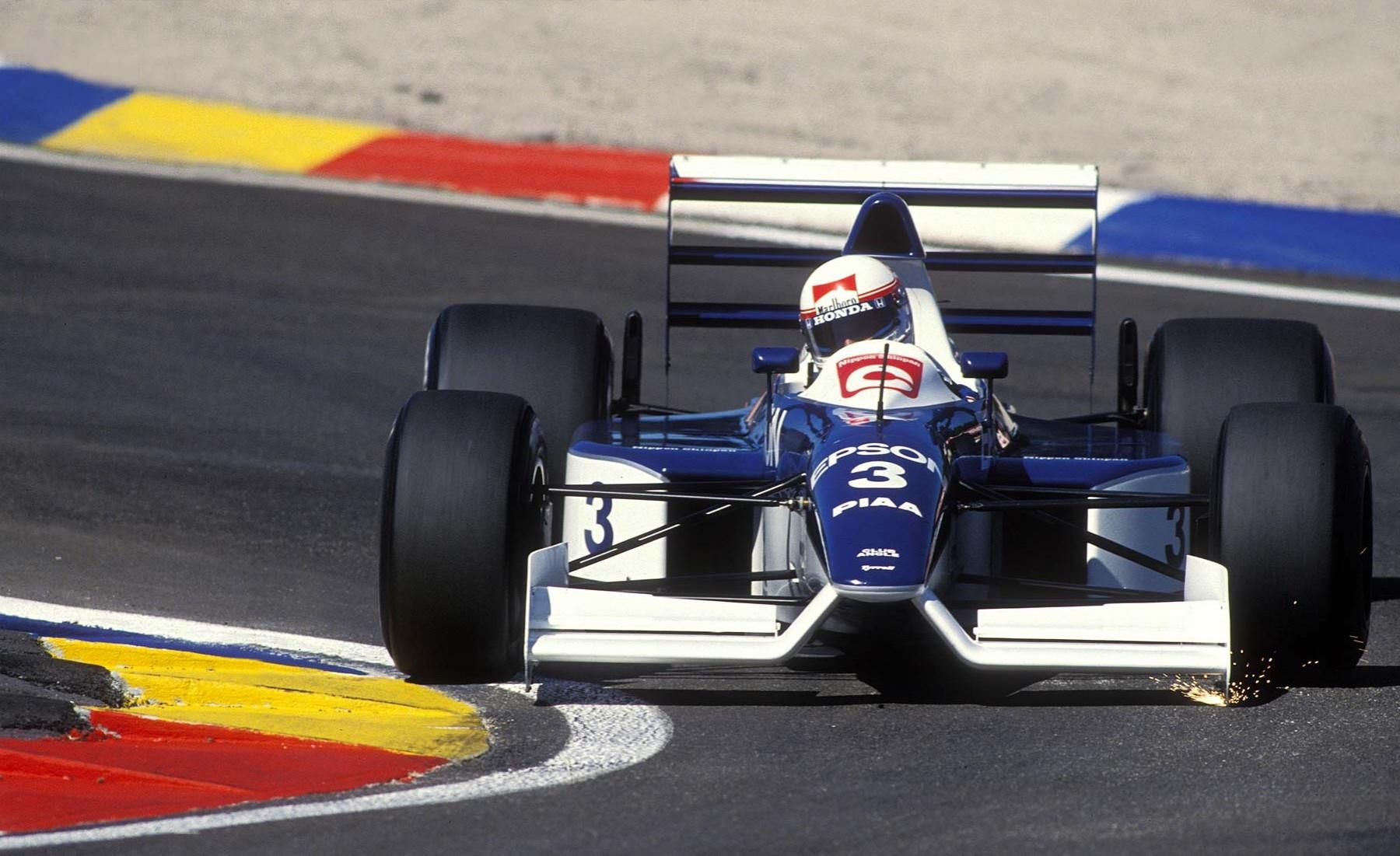
Replacing the Tyrrell 018, the 019 marks a significant point in the history of F1 car design, with its elevated nose cone. From 1990, this feature became a template for aerodynamic design in F1 cars.
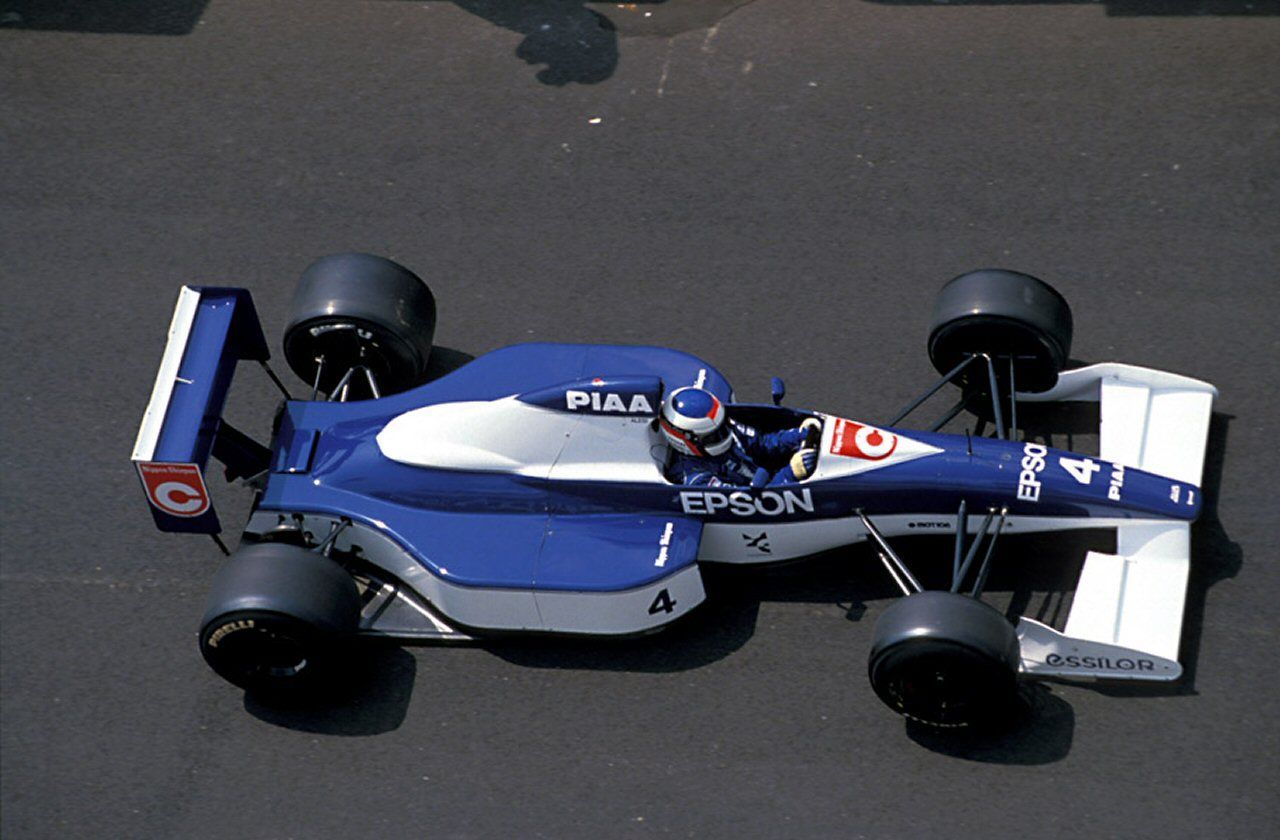
The downforce generated by an elevated nose cone comes with less drag than that of front or rear wings. A 3.5-liter Cosworth DFR V8 engine generates an output of approximately 612 hp. Sadly, despite the technological advancement, the Tyrrell 019 never really made a significant impact on the track.
2/10 Mercedes F1 W05 Hybrid – The Beginning Of Hybrid Engine Era In F1
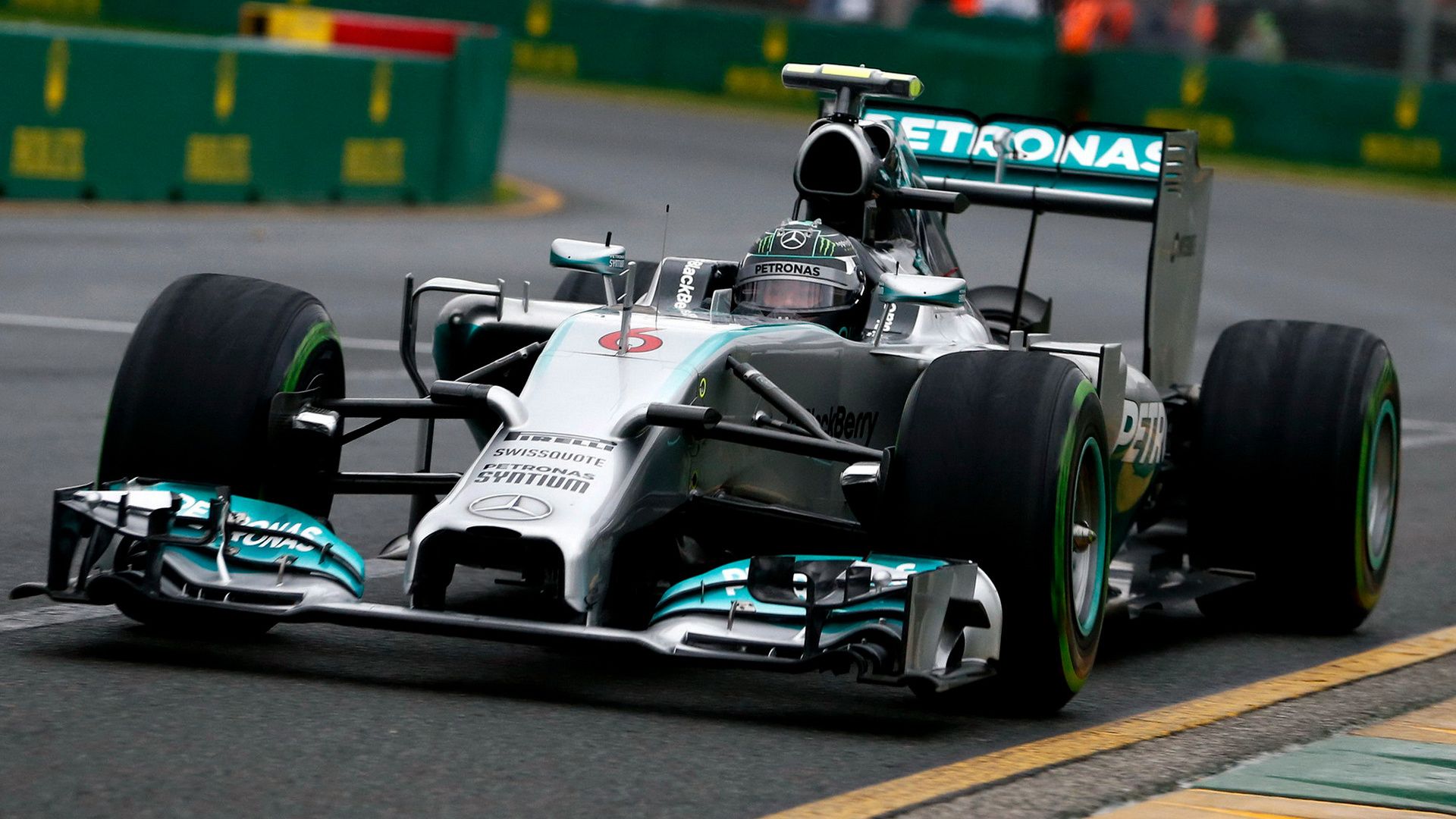
The Mercedes F1 W05 Hybrid is a highly successful race car piloted by none other than the 2008 World Drivers’ Champion Lewis Hamilton. The F1 legend won the Bahrain Grand Prix, Chinese Grand Prix, Malaysian Grand Prix, and Spanish Grand Prix driving the Mercedes F1 W05 Hybrid.
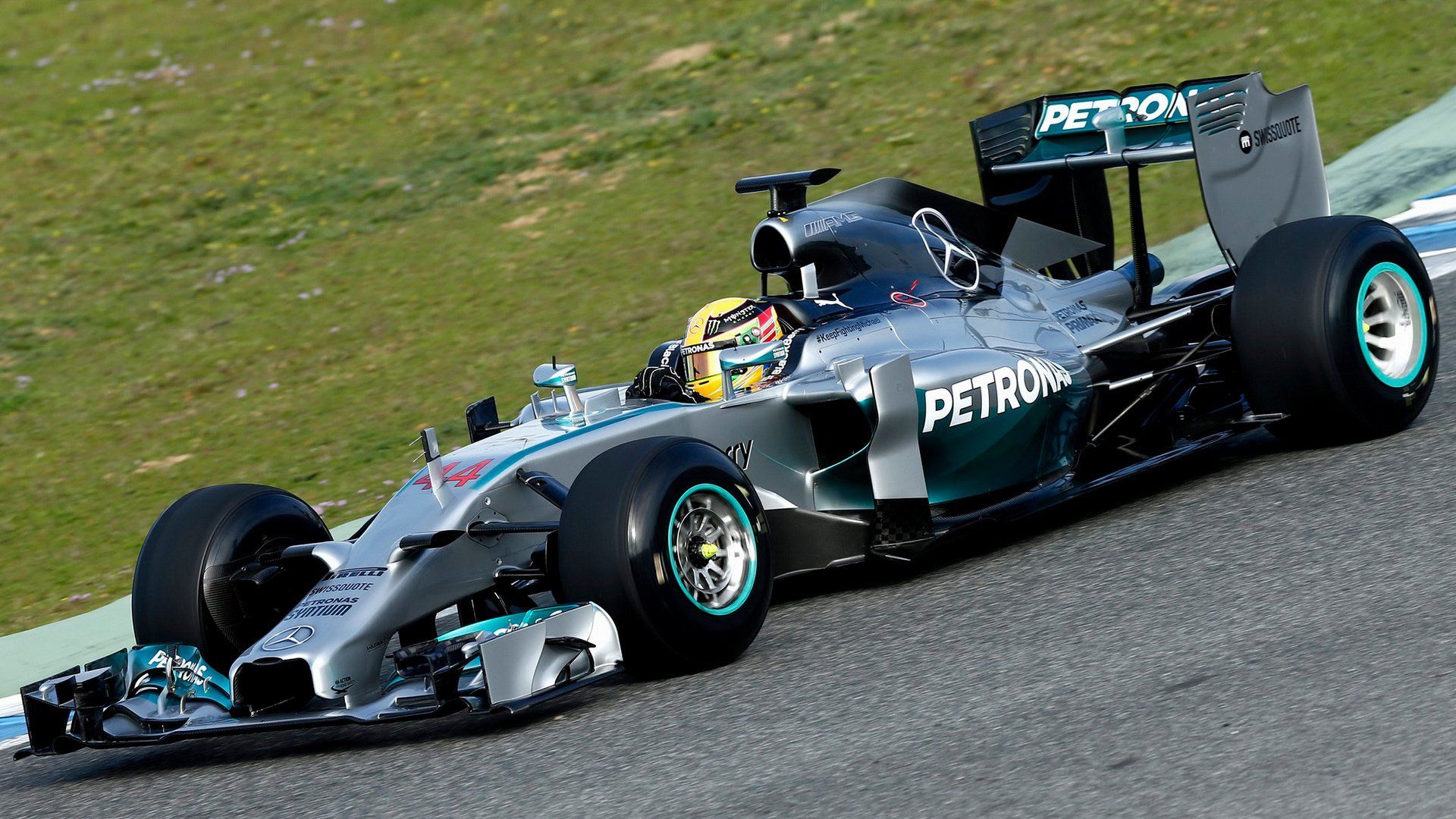
Marking the beginning of the hybrid era in F1, the Mercedes F1 W05 worked with PU106A 1.6-liter V6 turbocharged hybrid engine. In 2014, only Mercedes, Ferrari, and Renault could meet the new FIA hybrid engine requirements. The new engine was boosted for the 2015 season to produce 870 hp.
1/10 2022 F1 Cars – Maiden Use Of Over-Wheel Winglets In F1
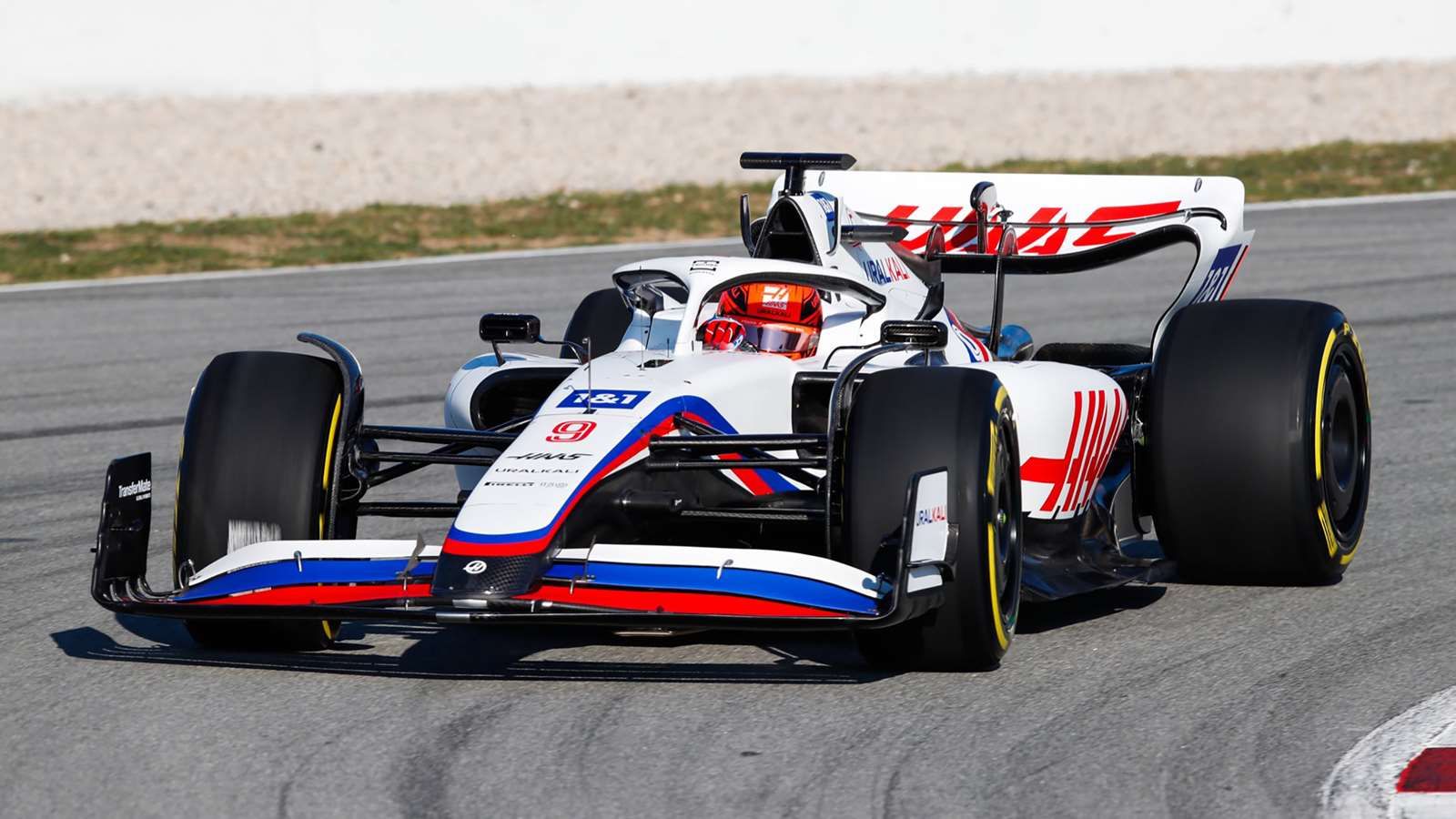
Starting from the 2022 season, all cars on the F1 grid featured over-wheel winglets and wheel covers, which were last seen in the 2009 season. Wheel covers. Before now, the spin of F1 car wheels disrupted the surrounding air, thus impacting performance.

This phenomenon resulted in a 46% drop in the performance of F1 cars. The introduction of 18-inch tires with wheel winglets is aimed at correcting this problem by directing air away from the rear wing.


